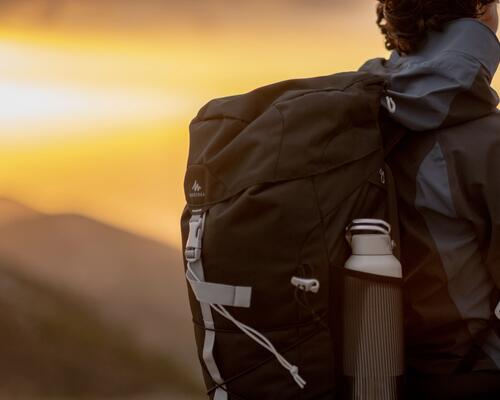Which water bottle to choose for kids: opening system
The opening system is a crucial selection criteria as it determines how comfortable your kid will feel when using the bottle. Their age is also an essential factor.
For toddlers (aged between 2 and 3)
To ensure a smooth transition from the feeding bottle to the water bottle, we strongly advise you to choose a model with a cap and a straw or pipette. These little accessories will help your toddler to stay hydrated and enjoy their drink without getting dirty, as well as letting them swallow slowly and safely.
For older kids (aged between 4 and 8)
As they develop, kids become more independent. This is when it's time to choose an opening and closing system that they can handle themselves. The screw cap and teat cap, which can be opened quickly, are particularly suitable solutions.
For pre-teens and teenagers (aged 9 and over)
From this age onwards, the risks associated with swallowing are virtually non-existent. The choice of water bottle cap then depends on your kid's preferences: one-handed or two-handed opening, screw top, snap-on, etc. What's more, if they're keen on long hikes in the great outdoors, you can also offer an interesting alternative to the water bottle: a water bladder, placed in the backpack, for simple hydration using a straw. Their capacity often varies from 1 to 3 litres.








